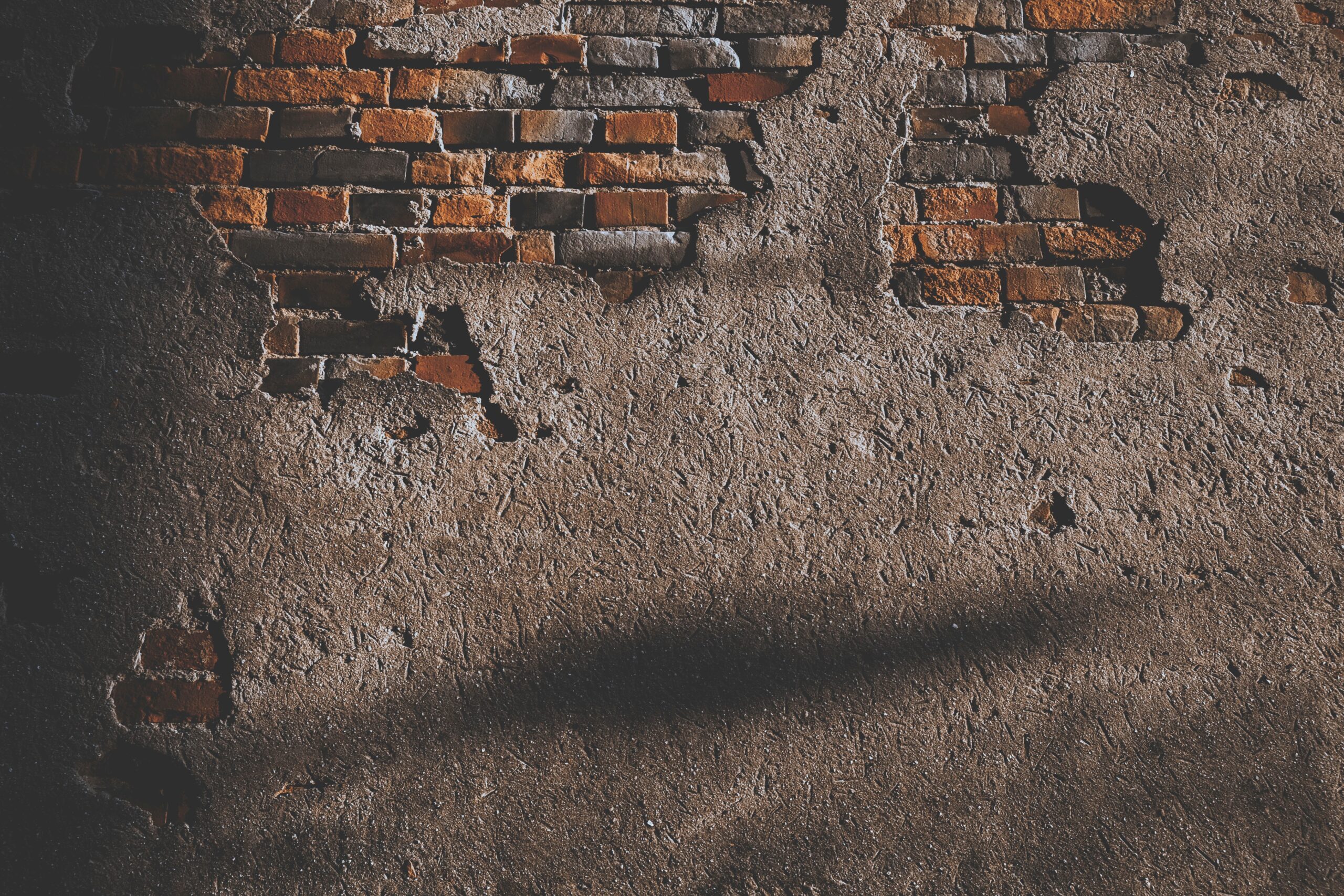Brick is wonderful. There’s a reason why builders fall in love with it.
Not only is it incredibly strong—making it one of the ideal choices for sturdy construction—but it can also bring a property a gorgeous look and feel. All of that is really undeniable, and as masonry professionals, we’ve seen good ole fashioned brick and mortar overcome the years with a gleam.
But we’ve also noticed that it can only do that with the proper care. If brick walls are left alone for too long, you’re putting them at risk of some pretty severe deterioration when the weather gets intense. Now, don’t fret too quickly! As we said, that’s IF the walls are left alone.
However, if you invest a little bit of time and continue reading below to learn how to deal with what your brick wall needs, you can rest assured that it will remain solid long enough for your great-grandkids to enjoy it. Just remember that no matter what issue your brick wall is facing, you’re likely to find the best help among professionals!
How To Assess the Damage…
Luckily, brick and mortar are fairly simple. At least, with a few simple instructions, you’ll be able to spot what’s wrong, and then you can move on to the appropriate steps. With that said, we’ll give you three quick things to do.
1. Check Whether the Brick or the Mortar Is the Problem
Sure, checking the brick is the first thing everyone thinks about, but checking the mortar is vital when assessing the damage on a brick wall. And since you can do it without removing bricks, it’s perhaps the first thing you should look at.
If the mortar shows signs of wear and tear like cracking, that damage could also hurt the brick itself.
So you need to take the proper steps quickly. Your best bet would be to replace the old, cracked mortar with some new mortar to ensure the bricks hold together.
2. Check the Structure Itself
We highly doubt that you need to be directed to check this, but in the unlikely event that it skipped your mind, you should look at the structure of the building. Look for the answers to the following questions: Is it leaning, bowing or unstable?
If the answer to any of those questions is yes, it’s best to replace the wall altogether. It’s best to do that than attempt repairs that will only prolong the inevitable and, furthermore, make the structure unsafe.
3. Ask a Professional
Doing some investigating on your own isn’t bad at all. In fact, it can often point a masonry professional in the right direction! But, when dealing with something as large as a home or building of sorts, it’s far too dangerous to hypothesize. Don’t take educated guesses on the state of your brick walls.
The only way to know for sure if your brick walls can be repaired or need a full replacement is to schedule a time for a masonry inspection. Plus, doing so can save you from doing the tiresome repairs yourself. And it can also save you money in the long run, as bad maintenance may lead to more problems down the road.
Our Final Piece of Advice…
No matter what you decide to do about your brick walls, just be sure that you’re taking the safest route! We love to see brick walls standing proudly, but more so, we love to know that everyone housed by them is safe.
If you are interested in taking our advice and asking a professional, we can help you there too. At Ray Arnold Masonry & General Contracting, we have the expertise to make sure your repairs go smoothly and last for a long, long time.
So when you’re ready, contact Ray Arnold Masonry today for all your masonry needs.

